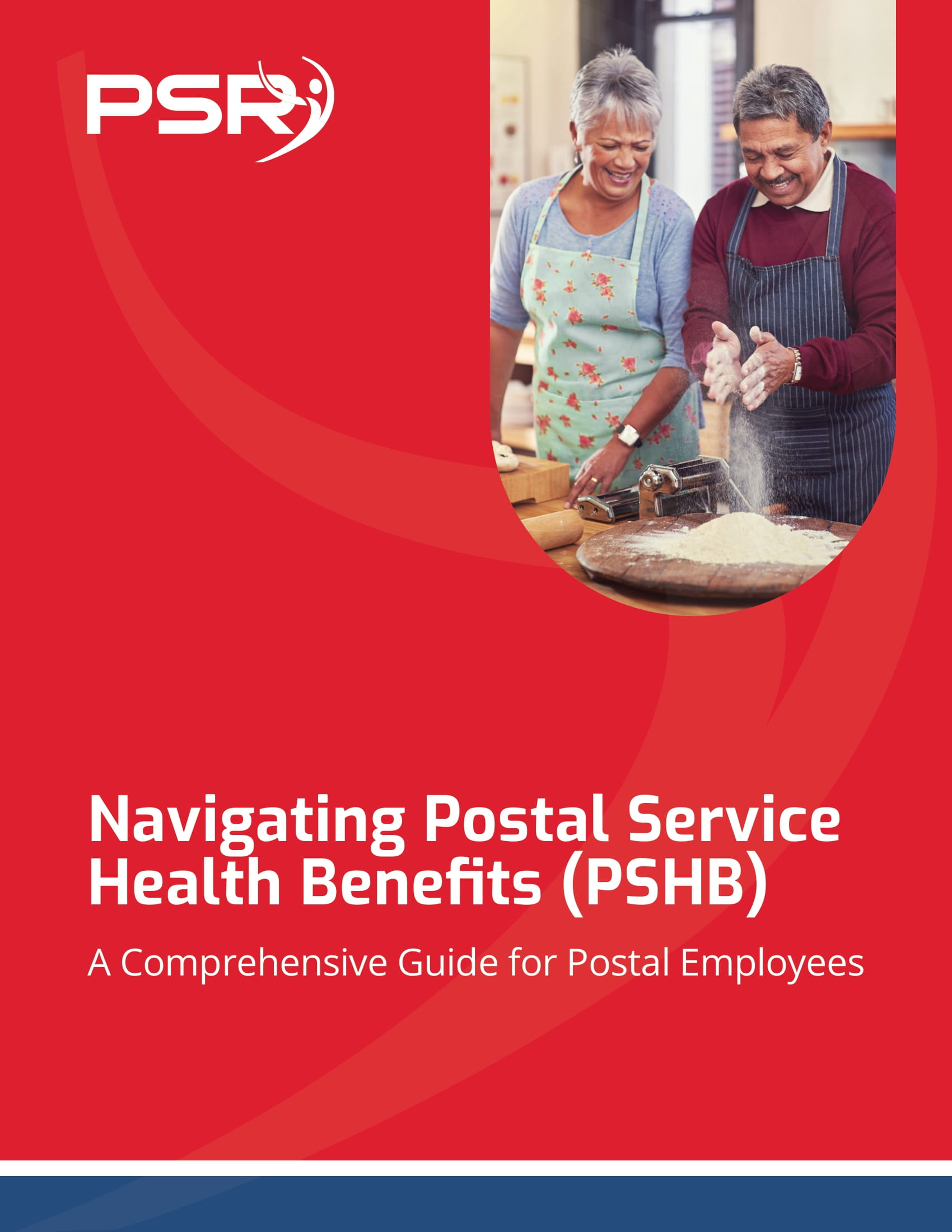~~Weekly Newsletter: OUR DUTY TO THE FEDERAL WORKFORCE
 Many of my weekly newsletter posts are born out of questions presented to me in various retirement forums or via email questions. Most recently a young woman who separated from the federal service, but did not retire had come to a place where some critical decisions had to be made. Would she return to the federal service? Would she exercise reinstatement rights? Had she considered making application for deferred or postponed retirement?
Many of my weekly newsletter posts are born out of questions presented to me in various retirement forums or via email questions. Most recently a young woman who separated from the federal service, but did not retire had come to a place where some critical decisions had to be made. Would she return to the federal service? Would she exercise reinstatement rights? Had she considered making application for deferred or postponed retirement?
- Also Read: Federal Retirement Advice You Didn’t Know You Needed—Until Now
- Also Read: The Latest Federal Employee News You Need to Know to Protect Your Retirement
- Also Read: Ready for Retirement? Here’s How Law Enforcement Officers Can Leave the Job with Benefits Intact
Her questions are not unusual. Her understanding of a system she worked in for over 15 years, holding a high-level position in human capital management is not uncommon. The federal retirement systems are unique, with many complex rules, regulations and guidelines. The Civil Service Retirement System (CSRS) and the Federal Employees Retirement System (FERS) represent the largest workforce in the world.
The workforce includes Postal Workers, the Civilian Workforce, and those personnel with special, mandatory retirement provisions – Air Traffic Controllers, Nuclear Materials Couriers, Firefighters and Law Enforcement Officials.
There is an enormous amount of technical information in the systems that must be sorted out and expressed in a user-friendly manner. This can only be done by individuals who have spent their careers understanding the complexity of the federal systems with an even greater commitment to ensuring that those in the federal service understand how their benefits work both in service and in retirement.
I very carefully answered each of her questions in terms she or any layperson could understand. It might surprise the reader that someone in human capital leadership would not have detailed knowledge of the federal retirement systems.
Federal human capital directors, unfortunately, are not required to know retirement. After all, the Office of Personnel Management (OPM) has a complete retirement component within its ranks. OPM has jurisdiction over all federal employees once they retire, not their agencies.
Not their agencies – is the operative phrase. Because federal employees are directed to their human capital, human resources offices during their work career, the role of HR leadership and HR staff are perhaps in need of a restructuring. Their knowledge of off-boarding must be equal to on-boarding and their understanding and ability to teach its basic concepts must be prioritized.
Human Resources, particularly the federal service, requires a consistent and ongoing knowledge and a skills level that is absolutely specialized and can only be acquired and fully understood by a deliberate investment and commitment to grasping the parallel of retirees’ awareness of how their benefits work in retirement and the strength of an economy with an increasingly aging population.
Financial Advisers are taking on more federal employees as their clients. Their advice to federal employees will be much more effective as they gain greater understanding of the federal retirement system by participating in seminars focused on educating the federal workforce.
The federal employee who inspired this post should be the impetus for change in the way federal employees, those who lead them and advise them are educated. Educating the federal workforce is important national business and it must be approached with deliberate speed and excellence. This concludes our weekly newsletter.
P. S. Always Remember to Share What You Know.
Dianna Tafazoli








